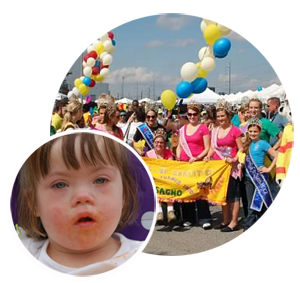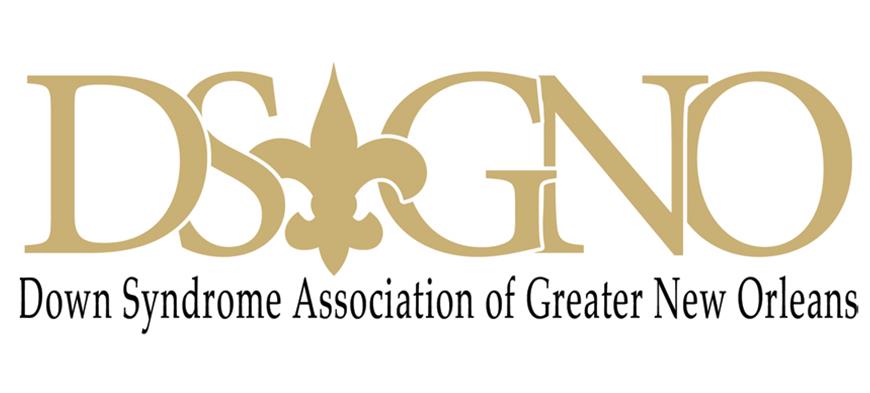
The following information was taken from Kathie Snow’s “Disability is Natural” Web site:http://www.disabilityisnatural.com
According to stereotypical myths, they are: People who suffer from the tragedy of birth defects. Paraplegic heroes who struggle to become normal again. Victims who fight to overcome their challenges….they are called retarded, autistic, blind, deaf, learning disabled, etc., …
Moms & Dads. . . Sons & Daughters . . . Employees & Employers . . . Friends & Neighbors. . . Students & Teachers. . . Leaders & Followers. . . Scientists (Stephen Hawking) . . . Movie Stars (Marlee Matlin). . .They are people. They are people, first.
Words are powerful. When we describe people by their labels or medical diagnoses, we devalue and disrespect them as individuals….labels are frequently used to define a person’s potential and value! In the process, we crush people’s hopes and dreams and relegate them to the margins of society.
Society tends to view disability as a “problem,”…. People without disabilities, however, don’t spend a lot of time talking about their “problems.” They realize this would be counterproductive to one’s image, as well as inaccurate. …Let’s recognize that what we call a “problem” actually reflects a need. Thus, Susan doesn’t “have a problem walking,” she “needs/uses a wheelchair.” Ryan doesn’t “have behavior problems;” he “needs behavior supports.” …Do you want to be known by your “problems” or by the multitude of positive characteristics which make you the unique individual you are? Then there’s the “something wrong” descriptor, as in, “We knew there was something wrong when…” What must it make a child feel like, to hear his parents repeat this over and over and over again, throughout his childhood? How would you feel?
People first language puts the person before the disability and it describes what a person has, not what a person is.Are you “myopic” or do you wear glasses? Are you “cancerous” or do you have cancer? Are you “freckled” or do you have freckles? Is a person “handicapped” or “disabled” or does she have a disability?
 Examples of People First Language
Examples of People First LanguagePeople with disabilities.
He has a cognitive disability.
She has autism.
He has Down syndrome.
She has a learning disability.
He has a physical disability.
She’s of short stature/she’s a little person.
He has an emotional/mental health disability.
She uses a wheelchair/mobility chair.
He receives special ed services.
Typical kids or kids without disabilities.
Congenital disability.
Brain injury.
Accessible parking, hotel room, etc.

The handicapped or disabled.
He’s mentally retarded.
She’s autistic.
He’s Down’s.
She’s learning disabled.
He’s a quadriplegic/crippled.
She’s a dwarf/midget.
He’s emotionally disturbed.
She’s wheelchair bound/confined to a wheelchair.
He’s in special ed.
Normal or healthy kids.
Birth defect.
Brain damaged.
Handicapped parking, hotel room, etc.
She has a problem with. . .
